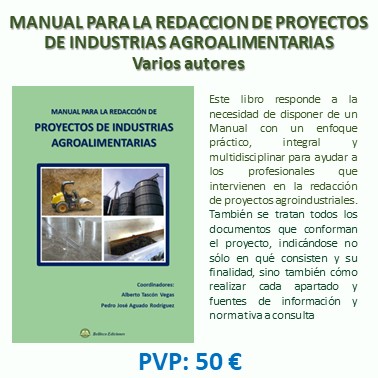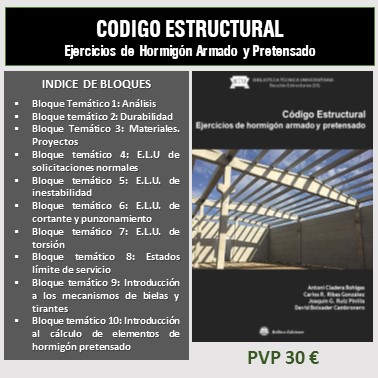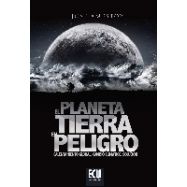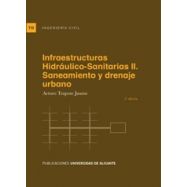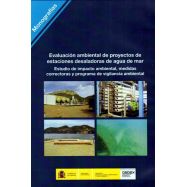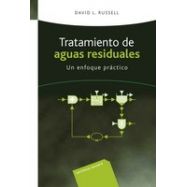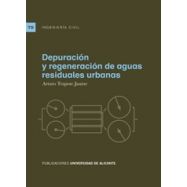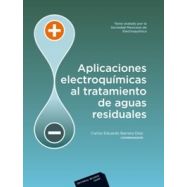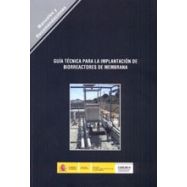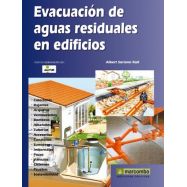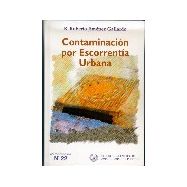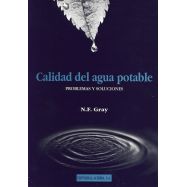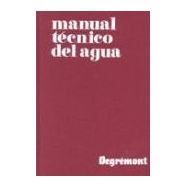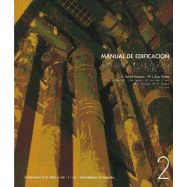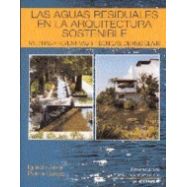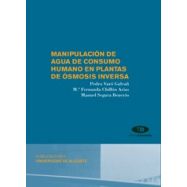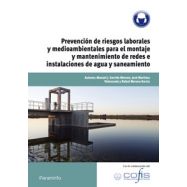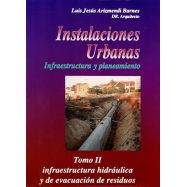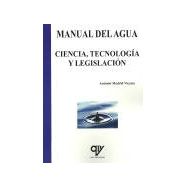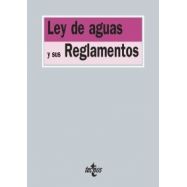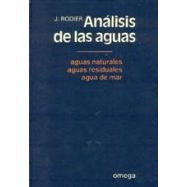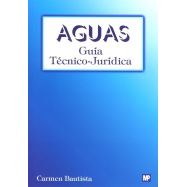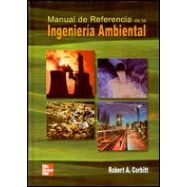Ningún producto
Materias
- BELLISCO EDICIONES. Nuestro Fondo Editorial
- FONDOS EDITORIALES EN DISTRIBUCION
- LIBROS TECNICOS EN INGLES
- ARQUITECTURA - URBANISMO
- AUTOMOCION - MOTORES - VEHICULOS
- AVIONICA - AERONAUTICA
- CALIDAD - EMPRESARIALES - GESTION
- CIENCIAS EXACTAS - MATEMATICAS
- CIENCIAS NATURALES Y APLICADAS
- CIENCIAS DE LA TIERRA - INGENIERIA DEL SUELO
- DICCIONARIOS TECNICOS
- ESTRUCTURAS - CONSTRUCCION
- FORMACION PROFESIONAL
- HIDRAULICA - INGENIERIA SANITARIA - AGUAS
- Abastecimiento y Distribución
- Águas subterráneas
- Tratamiento. Depuración y Reutilización de aguas
- Tuberías - Conducciones - Válvulas - Depósitos
- Mecanica de Fluidos
- Aguas, hidráulica e Ingª Sanitaria en General
- Novedades en Ingª Sanitaria, aguas, Hidráulica
- Hidrologia, Hidraulica Fluvial, Rios, cuencas y sedimentos
-
- INGENIERIA CIVIL - OBRAS PUBLICAS
- INGENIERIA MECANICA E INDUSTRIAL
- INSTALACIONES . GENERALES, EN EDIFICACION E INDUSTRIALES
- MATERIALES
- MEDIO AMBIENTE
- NORMATIVA
- OPOSICIONES
- PREVENCION DE RIESGOS LABORALES
- PROGRAMAS INFORMATICOS DE CALCULO
- TECNOLOGIA DE LOS ALIMENTOS: Industrias: Conservación, envasado y cadenas alimentarias
- TELECOMUNICACIONES - INFORMATICA - TECNOLOGIA DE LA INFORMACION
- OUTLET DE BELLISCO: Descuentos de hasta el 80%
- RELIGION, TEOLOGIA, MORAL Y ESPIRITUALIDAD
- VARIOS
- OFERTAS
- PROMOCIONES
- NEWSLETTER
- CATEGORIAS DESTACADAS
- ULTIMAS NOVEDADES BELLISCO
- ARQUITECTURA SOSTENBILE
- URBANISNO
- MATEMATICAS EN GENERAL
- AGRONOMOS-AGRICULTURA-FORESTALES
- ELECTROMAGENTISMO-ELECTRONICA-ELECTRICIDAD
- INGª Y MECÁNICA DEL SUELO. CIMENTACIONES
- TOPOGRAFIA, FOTOGRAMETRÍA, GEODESIA
- EDIFICACION
- ANALISIS DE ESTRUCTURAS, RESISTENCIA DE MATERIALES, ELASTICIDAD, CALCULO MATRICIAL
- OFICIOS VARIOS
- ABASTECIMIENTO Y DISTRIBUCION DE AGUA
- PUENTES
- TUNELES Y OBRAS SUBTERRANEAS
- MAQUINAS Y MECANISMOS
- SOLDADURA
- CLIMATIZACION
- INSTALACIONES DE AGUA
- INSTALACIONES ELECTRICAS CIENCIA E INGENIERIA DE MATERIALES
- ENERGIAS RENOVABLES
- DESARROLLO SOSTENIBLE
- INFORMATICA-SISTEMAS-FORMACION-PROGRAMAS
-
THE SCIENCE OF GLOBAL WARMING REMEDIATION
 Ver más grande
Ver más grande Referencia: Código 10926
Febrero de 2024 - Mark Harris - Refª 10926
Mark Harris
Febrero de 2024 Páginas: 400 Tapa dura
Código 10926 ISBN/EAN:9781032377674
DESCRIPTION:
The Science of Global Warming Remediation examines the workings of a complex chemical system using concepts such as chemical kinetics, thermodynamics, and oxidation/reduction. It focuses on preventing environmental deterioration as well as using environmental chemistry for environmental cleanup or remediation. Further, it describes how to utilize mechanical, chemical, and biological methods to detoxify contaminated land or water. The book also considers how environmental legislation aims to modify human behavior so as to reduce or eliminate the environmental threats identified through science.
Features:
- Presents multiple methods for water treatment
- Explains the physiological dangers of exposure to various toxic materials
- Illustrates the mechanisms of major partitioning systems and sinks for carbon dioxide
- Examines the mechanics of global warming and the potential long-term effects
- Provides step-by-step solutions to empower individuals to act locally
DESCRIPTION:
Biography
Mark Anglin Harris is a Professor of Applied Climatology and Environmental Chemistry at the Northern Caribbean University (NCU), Jamaica, where he has been on the faculty since 2002. His baccalaureate degree, conferred in 1977, majored in geology and physical geography at the University of Windsor, Canada. He received his PhD in environmental geoscience from the University of Adelaide in 2001, after tutoring there in 1992-1995 in earth science & physical geography. He researches mainly on remediation of polluted land, water and air. His previous books, titled "Geobiotechnological Solutions to Anthropogenic Disturbances" and "Confronting Global Climate Change: Experiments & Applications in the Tropics" were published respectively in 2016 by Springer-Nature and 2019 by CRC-Taylor & Francis.
Professor Harris has been the senior author of approximately 30 research articles, having become, so far, the only multiple recipients of the NCU Distinguished Faculty Award for research or scholarship, having won it four times, in 2003, 2007, 2012 and 2016. He received the 2020-2021 Musgrave silver medal for science.
Descripción
La Ciencia de la Remediación del Calentamiento Global examina el funcionamiento de un sistema químico complejo utilizando conceptos como cinética química, termodinámica y oxidación/reducción. Se centra en prevenir el deterioro ambiental, así como en utilizar la química ambiental para la limpieza o remediación ambiental. Además, describe cómo utilizar métodos mecánicos, químicos y biológicos para desintoxicar la tierra o el agua contaminada. El libro también considera cómo la legislación ambiental tiene como objetivo modificar el comportamiento humano para reducir o eliminar las amenazas ambientales identificadas a través de la ciencia.
Características:
- Presenta múltiples métodos para el tratamiento del agua.
- Explica los peligros fisiológicos de la exposición a diversos materiales tóxicos.
- Ilustra los mecanismos de los principales sistemas de partición y sumideros de dióxido de carbono.
- Examina la mecánica del calentamiento global y los posibles efectos a largo plazo.
- Proporciona soluciones paso a paso para capacitar a las personas para que actúen localmente
Tabla de contenido
TAMBIEN LE PUEDE INTERESAR
- 24,50 €
- 48,00 €
- 59,50 €
- 56,05 €

